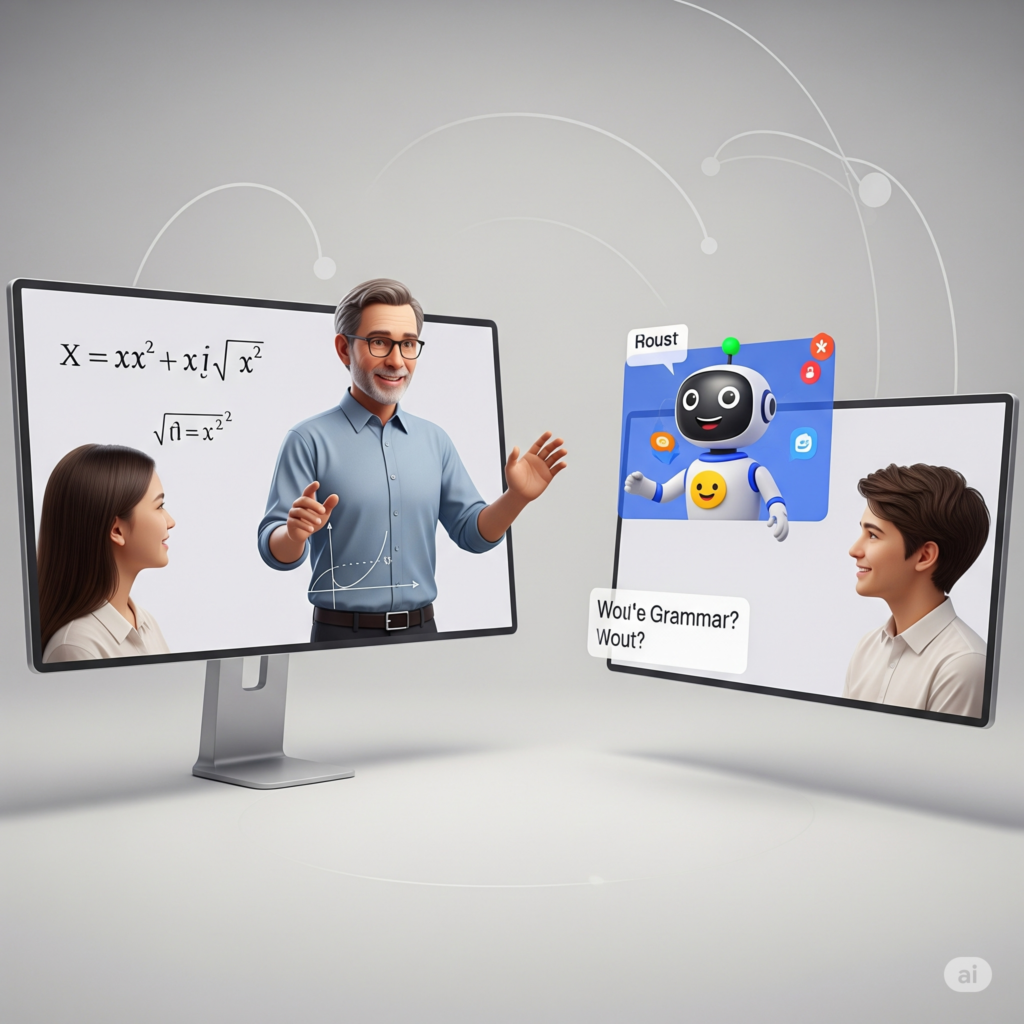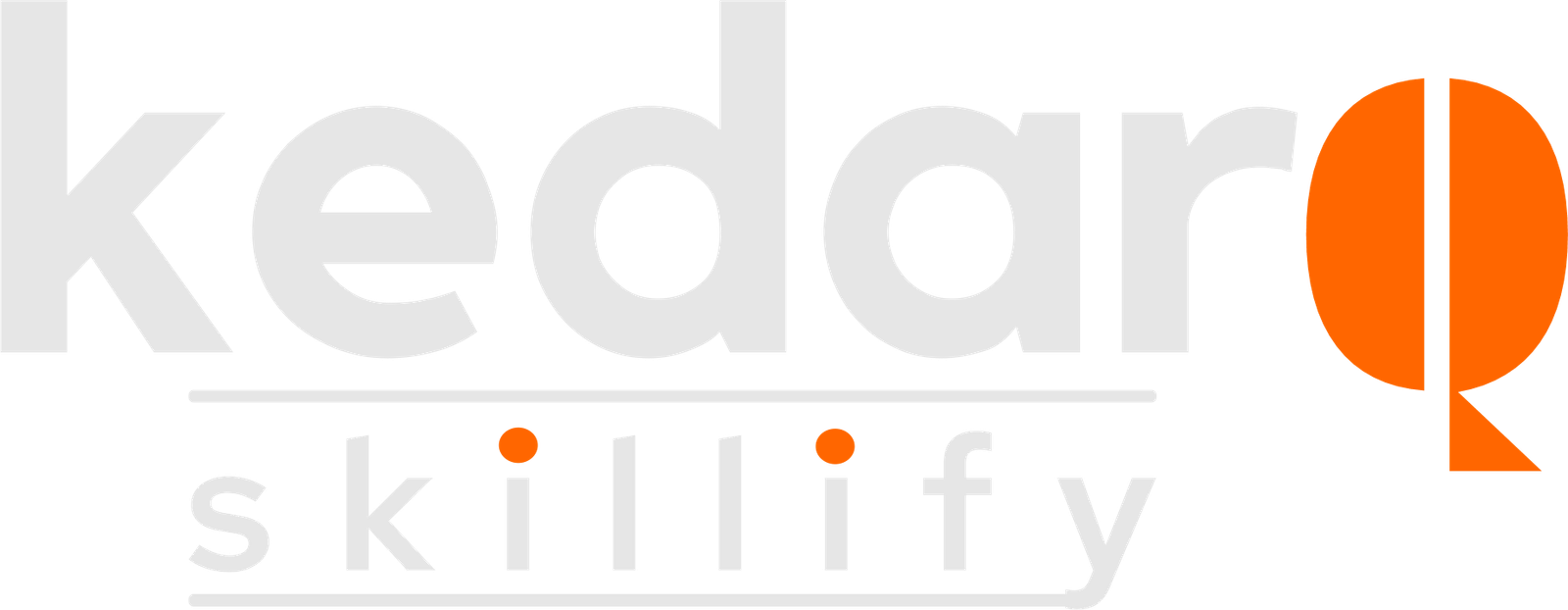Role of AI in Modern Education
In the age of rapid digital transformation, Artificial Intelligence (AI) is playing a major role in reshaping modern education. From personalized learning experiences to automated administrative tasks, AI is making education more efficient, accessible, and student-friendly.
Let’s explore how AI is changing the face of education today.
1. Personalized Learning

AI-powered platforms analyze student performance and learning patterns to create customized learning paths. These systems can adjust the difficulty level of content, recommend extra resources, and give feedback in real-time.
Example: Tools like Khan Academy, Duolingo, and Google Classroom use AI to adapt lessons based on each learner’s pace and needs.
2. Smart Content Creation
AI helps teachers by generating digital content such as:
- Summaries of long chapters
- Quiz questions and answer keys
- Interactive simulations and visuals
This makes learning more engaging and efficient for students.
3. Virtual Tutors and Chatbots

AI-based virtual tutors or chatbots are available 24/7 to help students with doubts or homework. These systems offer instant responses and explanations, reducing dependency on the teacher for every small query.
Example: Platforms like Brainly and Socratic by Google use AI to provide homework support.
4. Efficient Grading and Evaluation
AI can automatically grade multiple-choice questions, essays, and even detect plagiarism. This saves time for teachers and ensures fair and consistent evaluation.
Benefit: Teachers can focus more on creative teaching and student interaction, rather than spending hours on grading.
5. Identifying Learning Gaps
AI tools analyze student performance data and identify weak areas. Teachers receive insights into where students are struggling, allowing timely intervention and targeted teaching.
6. Accessible Education for All
AI promotes inclusive education by supporting students with disabilities. For example:
- Text-to-speech and speech-to-text tools assist visually or hearing-impaired students.
- Language translation features help non-native speakers understand lessons.
7. Predictive Analytics for Career Guidance
AI systems can predict student success in various subjects and suggest career paths accordingly. Based on past performance, interests, and aptitude, AI can guide students toward suitable academic or professional goals.
Challenges and Considerations
While AI offers great benefits, it also comes with challenges:
- Privacy Concerns: Handling sensitive student data requires strict data protection measures.
- Teacher Dependency: Overreliance on AI may reduce the teacher’s role in decision-making.
- Access Issues: Not all schools have the infrastructure to implement AI solutions.
AI in modern education is not just a trend- it’s a powerful tool that is here to stay. By improving personalization, increasing efficiency, and expanding accessibility, AI has the potential to make learning more meaningful and inclusive. However, it should be used wisely and ethically, supporting-not replacing-the human touch in education.
Latest Post
-
 12 Aug 2025विश्व संस्कृत दिवस: ज्ञान और संस्कृति की भाषा का उत्सव
12 Aug 2025विश्व संस्कृत दिवस: ज्ञान और संस्कृति की भाषा का उत्सव -
 04 Aug 2025World Organ Donation Day 2025: Give Blood, Give Hope- Together We Save Lives!
04 Aug 2025World Organ Donation Day 2025: Give Blood, Give Hope- Together We Save Lives! -
 02 Aug 2025Dr. Vikram Sarabhai: The Visionary Behind India's Space Program
02 Aug 2025Dr. Vikram Sarabhai: The Visionary Behind India's Space Program -
 26 Jul 20259 Best AI Tools for Students in India
26 Jul 20259 Best AI Tools for Students in India -
 25 Jul 20257 Ultimate Tips for Career Guidance After 10th & 12th
25 Jul 20257 Ultimate Tips for Career Guidance After 10th & 12th -
 25 Jul 2025कारगिल विजय दिवस – अदम्य साहस की अमर गाथा
25 Jul 2025कारगिल विजय दिवस – अदम्य साहस की अमर गाथा -
 15 Jul 2025हरेला पर्व: प्रकृति और संस्कृति का अनमोल संगम
15 Jul 2025हरेला पर्व: प्रकृति और संस्कृति का अनमोल संगम -
 08 Jul 2025आषाढ़ की पूर्णिमा: अंधकार में गुरु का प्रकाश
08 Jul 2025आषाढ़ की पूर्णिमा: अंधकार में गुरु का प्रकाश -
 07 Jul 2025गुरु पूर्णिमा – ज्ञान और श्रद्धा का पावन पर्व
07 Jul 2025गुरु पूर्णिमा – ज्ञान और श्रद्धा का पावन पर्व -
 02 Jul 2025Role of AI in Modern Education
02 Jul 2025Role of AI in Modern Education











